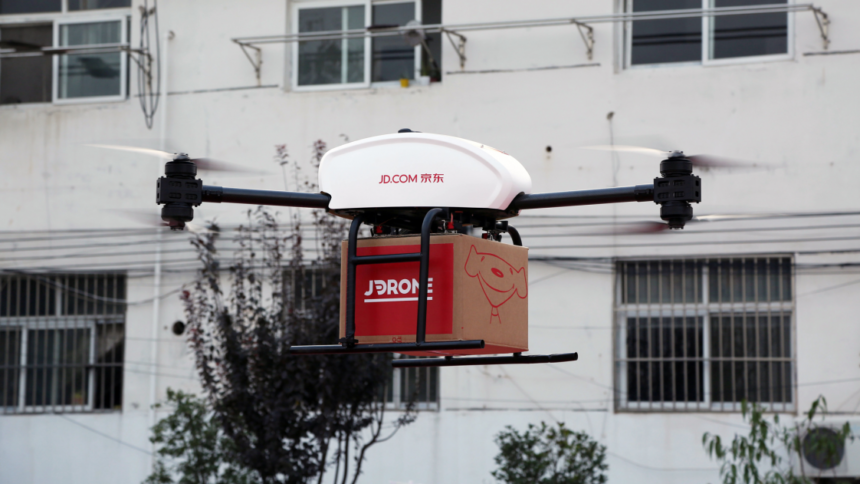With cross border e-Commerce (CBEC) taking an increasing bigger share of the total import and export market, it is of no surprise that the government has taken CBEC regulations more seriously. As consumer complaints and industry speculation over unfair competition increase, regulatory authorities have taken notice.
Foreign companies seeking to pursue business opportunities in China’s booming CBEC market, especially those do not have a business entity in China, need to closely examine the fast changing CBEC rules and regulations.
Tax Reforms
Prior to April 8, 2016, CBEC purchases in “reasonable quantity for personal use” would be treated as personal parcels subject to parcel tax at rate of 10%, 20%, 30%, and 50%, depending on the type of goods. And the parcel tax was exempted if the payable tax amount was lower than RMB 50 (7.91 USD).
Nevertheless, on April 8, 2016, this preferential tax policy of treating CBEC packages as personal parcels was overturned, with the so called “April 8 New Policy”, Notice on Taxation Policies for CBEC Retail Imports (Cai Guan Shui [2016] No.18), coming into force. According to the April 8 New Policy, consumers purchasing goods through CBEC, the electronic information of which can be accessed by the customs, need to pay import taxes including tariffs, value added tax (VAT), and consumption tax (if applicable), though single transactions under RMB 2,000 (around 317 USD) and yearly transactions under RMB 20,000 (3,170 USD) enjoy a temporary zero percent tariff rate and reduced import VAT and CT rates charged at 70% of the taxable amount under the general trade. Tax exemptions are no longer available.
If customs cannot access electronic information or CBEC retail goods, such as for products purchased on overseas online shops and delivered directly to China, the goods are subject to parcel tax. However, the parcel tax rates were changed to three levels, 15%, 30%, and 60%, with effect from April 8, 2016. According to the official explanation, the adjusted parcel tax rates would be more or less equal to the corresponding import taxes rates under the general trade model, though the exemption is still available for payable tax amount under RMB 50.
Generally speaking, the overall tax burden is higher for consumers after the switch to the new CBEC tax schemes, especially for transactions that were tax exempted previously where payable tax amount was below RMB 50. However, this may be not true for transactions of certain types of goods.
New Import Models
There are two models for foreign companies engaging in CBEC business: the direct shipping model, under which goods are stored at overseas warehouse and delivered by international courier service to customers directly after they make the order online, and the bonded warehouse model, where goods are temporarily stored at the bonded warehouse established in the CBEC pilot cities under the Customs supervision before they are delivered to domestic customers.
Previously, the bonded warehouse model used to be more popular due to the more convenient real-time custom clearance, faster logistics, as well as availability of after-sale services. However, with the new CBEC tax policies and positive lists coming out, the popularity of the bonded warehouse started to diminish.
On the one hand, the bonded warehouse model is not available for exemptions under the current import taxes scheme, which will inevitably affect the CBEC purchase at relatively low prices. On the other hand, goods purchased through the bonded warehouse model would be required to obtain the AQSIQ clearance form if the positive list is finally implemented, while goods bought through direct shipping model could be exempted from this requirement. In 2017, many foreign companies moved out of the bonded warehouse and started to focus more on the direct shipping model.



Leave a Reply